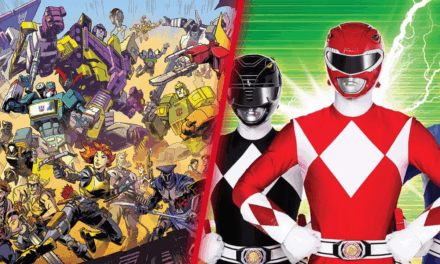The Woman in the Yard is a 2025 American psychological horror film directed by Jaume Collet-Serra and written by Sam Stefanak. The story follows Ramona, who is devastated by the death of her husband in a car accident. Now, she is left to raise their two children alone in a secluded farmhouse. Her grief soon turns to terror when a mysterious woman in black appears on her front lawn, ominously warning, “today’s the day.”
Horror is an excellent genre for exploring the complexities of mental health, offering writers, directors, and actors the opportunity to approach the topic in a fresh and inventive way. Horror provides a platform to delve into the darker aspects of the human psyche, allowing for powerful and thought-provoking storytelling. The Woman in the Yard is the latest film to dive deep into the human psyche in a fresh way.
Danielle Deadwyler’s (Till)performance as Ramona is nothing short of perfection. Her portrayal captures the rawness and vulnerability of the character, embodying the complex struggles of mental health and grief. While the specifics of Ramona’s inner turmoil remain somewhat ambiguous, her moments of depression and deep sorrow stand out.
The woman is a truly chilling concept. She represents the deepest, darkest thoughts in our minds. I admire the creative use of shadows as her source of power, enabling her to move through the darkness and prey on the fragile family in an unsettling way.
However, where The Woman in the Yard falls short is in the storytelling.
The film introduces the accident and grief in a straightforward and accessible way, but when it comes to exploring Ramona’s mental health, it only scratches the surface. She and her late husband move their family to the middle of nowhere because she needs to leave the city. Why? They argue at dinner cause she’s not happy at the farmhouse. Again, why? Then, she is left to take care of her two children and a broken leg alone in the middle of nowhere. Why? Does she not have friends? Where is her family? It’s hard to believe that just a couple of weeks after the accident, there’s no support system around her.
The Woman in the Yard needs to flesh out these moments to fully tell the story of isolation that comes with grief. Even with a support system, the feeling of being alone can still be overwhelming. If she’s a succesful artist, flashback to a crash out. Her bestfriend, sister, aunt, etc comes to stay and help. They get into a fight and they leave for a little while leaving Ramona home with her thoughts and children. This would leave Ramona alone with her thoughts and her children, highlighting the crushing solitude she experiences. Without scenes like these, the story remains surface-level, missing the deeper emotional resonance that could make it truly compelling.
The Woman in the Yard is now playing in theaters.

![The Woman in the Yard Tackles Mental Health [REVIEW]](https://www.thathashtagshow.com/wp-content/uploads/2025/04/woman-in-the-yard-review-1280x640.png)
![The Horrors Of CreepIE Con 2023 – Killer Cosplay, Celebrity Guests, & More [Review]](https://www.thathashtagshow.com/wp-content/uploads/2023/02/329664097_2535854276562339_8774726145579847217_n-440x264.jpg)


![‘The Strangers: Chapter 1’ – New Look At Trilogy Of Horror Films [Trailer]](https://www.thathashtagshow.com/wp-content/uploads/2023/10/unnamed-2023-10-13T150820.635-440x264.jpg)